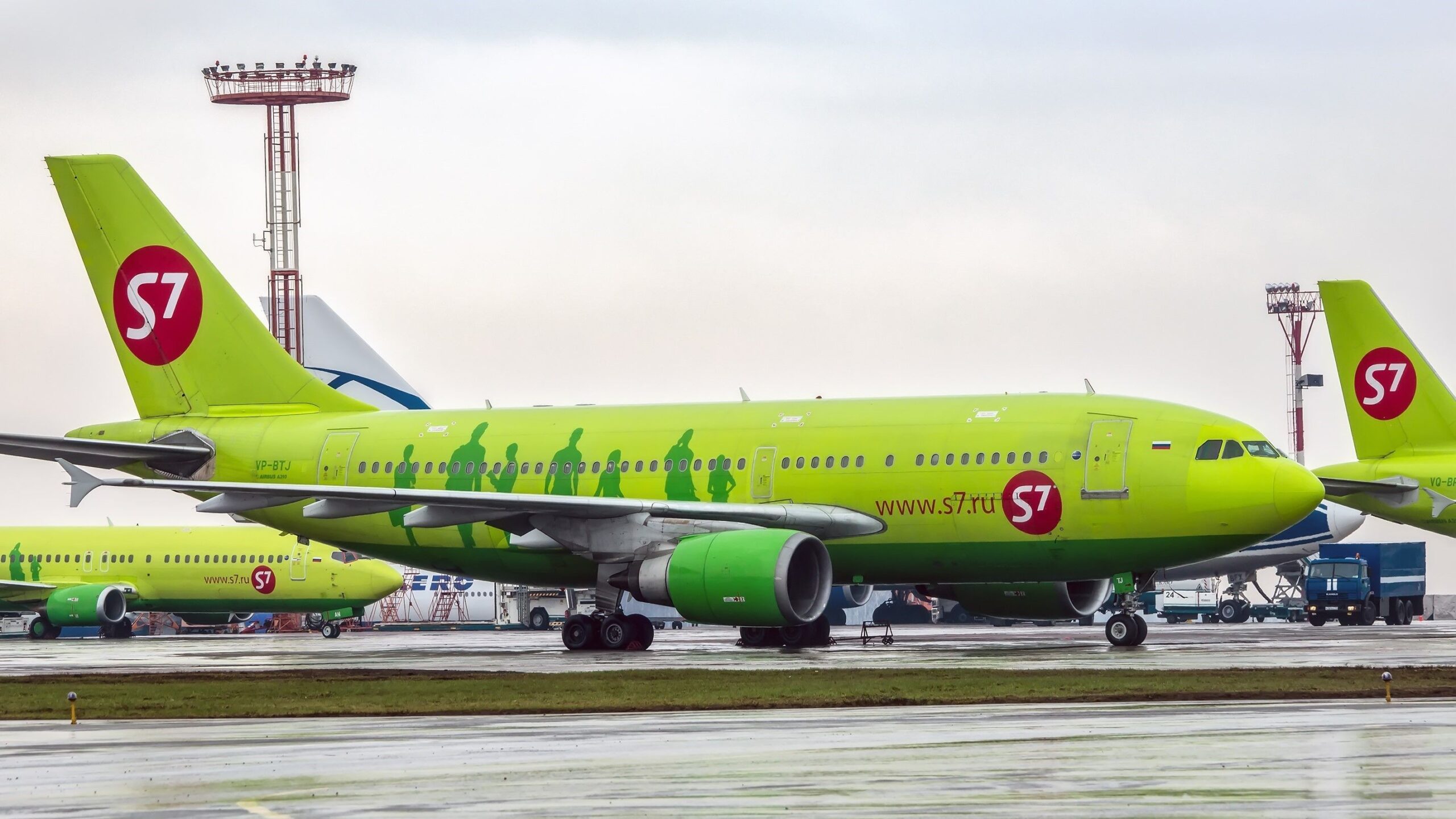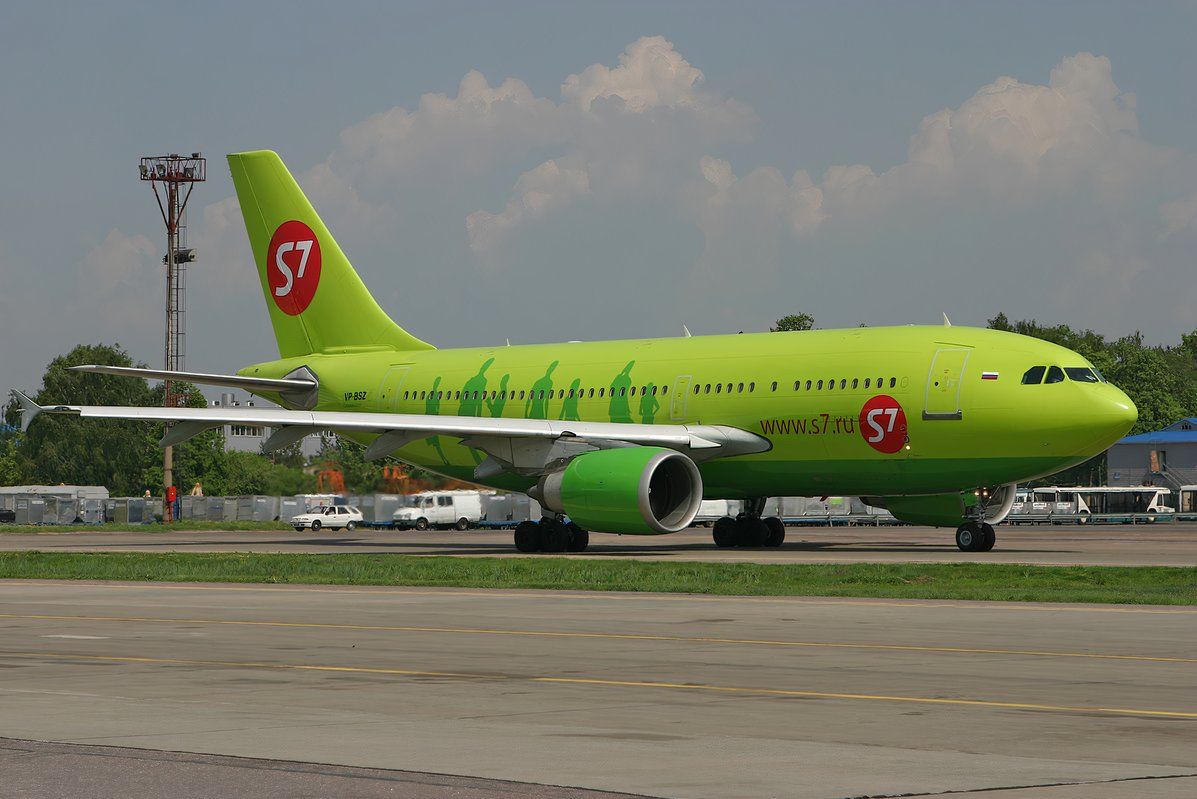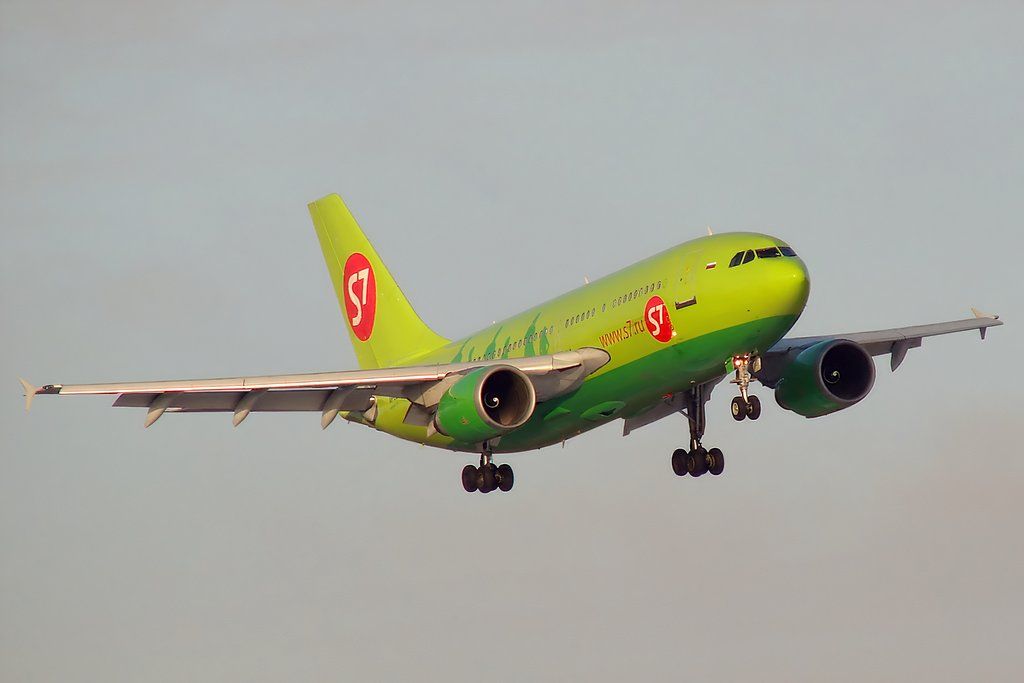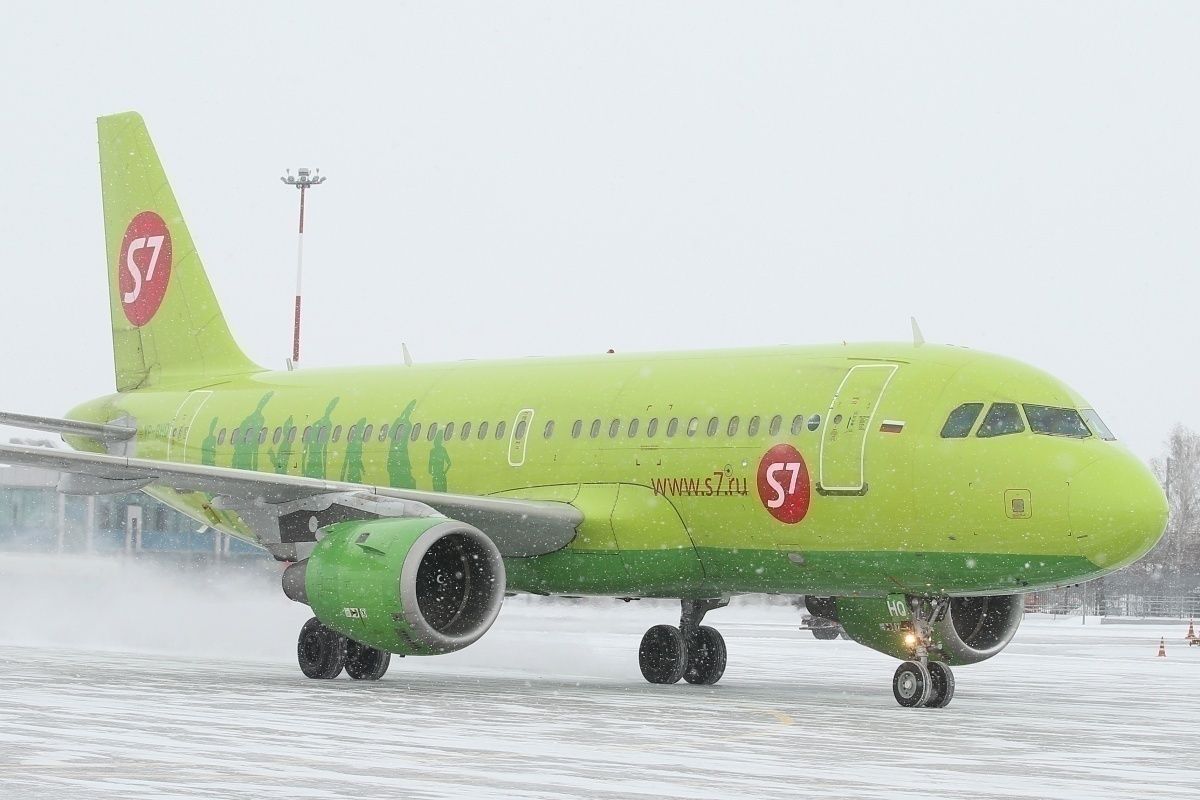Russia’s S7 Airlines, also known as Siberia Airlines, has one of commercial aviation’s most striking liveries. Indeed, the carrier sports a mainly green paint scheme, which has been applied to a wide variety of aircraft over time. One such design has been the Airbus A310, which was also the carrier’s first non-Russian aircraft design, paving the way for other models from the likes of Airbus, Boeing, and even Embraer.
S7 Airlines operated the Airbus A310 for just under a decade in the 2000s and 2010s, with the suspended oneworld carrier’s fleet of the type totaling nine examples across two different variants of the twin-engine widebody. However, it has now been a good few years since the Airbus A310 left S7 Airlines’ fleet, with the carrier having since transitioned to an all-narrowbody setup consisting of various twinjets.
The A310-200
According to historical fleet data made available by ch-aviation, the most numerous A310 variant at S7 Airlines was the A310-200. Of the nine A310s that the carrier operated, five of them belonged to this version of the Airbus widebody. The carrier received its first A310-200 in May 2005, bearing the registration VP-BSY.
According to Planespotters.net, this aircraft had previously flown in an all-economy setup for German leisure carrier Hapag-Lloyd Flug, sporting 271 seats between 1988 and 2005. However, it, along with S7’s other A310-200s, was reconfigured with 14 business class and 241 economy class seats when it transferred to Russia. The other four examples of the Airbus A310-200 joined S7 within 14 months of VP-BSY’s arrival.
Indeed, after VP-BSZ became the second example to join the airline in June 2005, it was followed by VP-BTK (March 2006), VP-BTL (June 2006), and VP-BTM (July 2006). All but one of these came from the Hapag-Lloyd, however VP-BTM had previously served the likes of Cyprus Airways and Eagle Aviation France. Sadly, all five had been stored by 2011, with the last being scrapped in Amman, Jordan in 2019.
The A310-300
While the Airbus A310-300 was visually identical to the twin-engine widebody family’s aforementioned A310-200 variant, it did offer operators the advantage of an increased range. Specifically, this model could fly for up to 5,150 nautical miles (9,540 kilometers), compared to 3,500 nautical miles (6,500 kilometers) in the case of the A310-200. At 164,000 kg, the A310-300’s MTOW was also 20 tonnes higher.
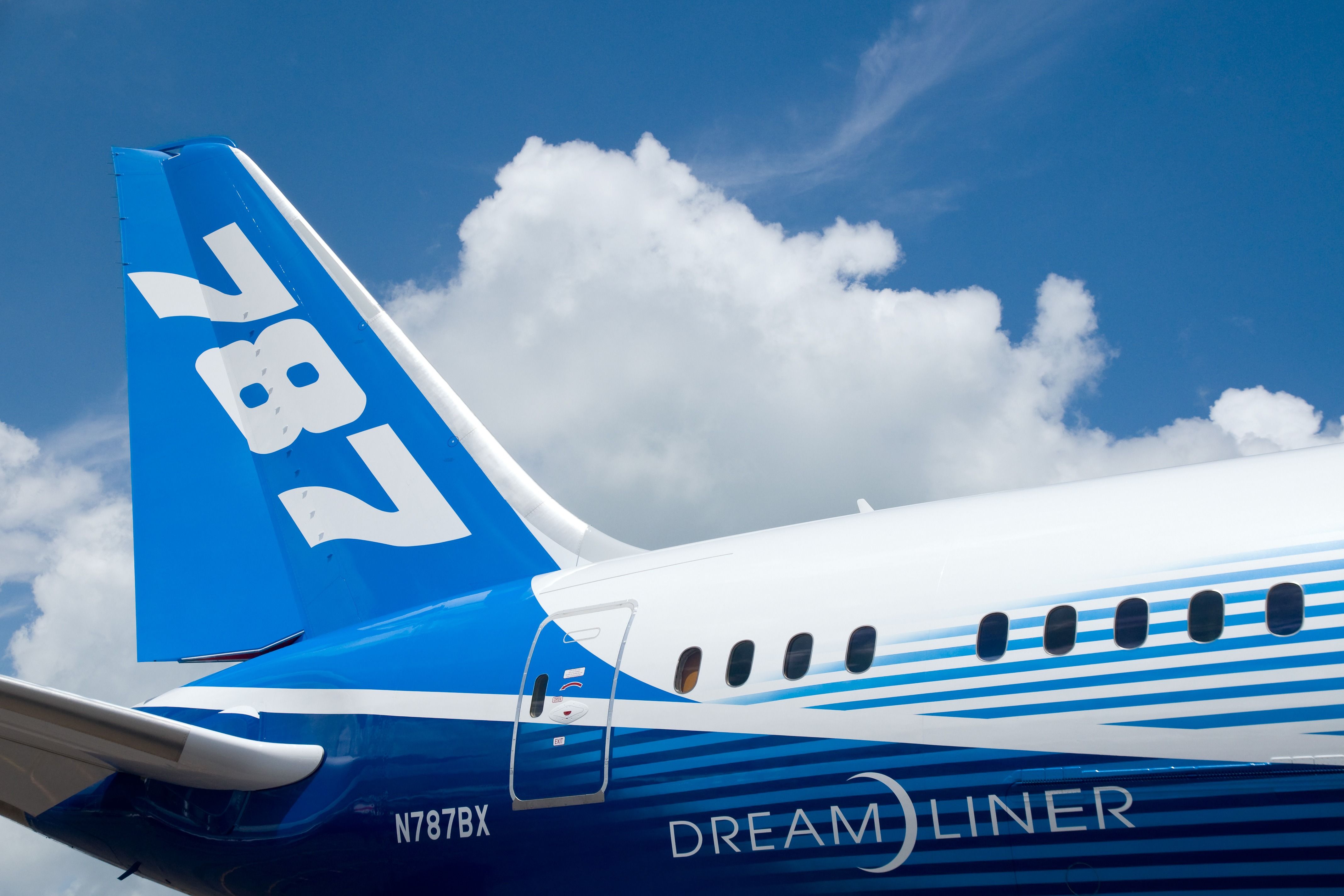
Related
The Story Of S7 Airlines’ Short-Lived Boeing 787 Order
How did the Russian carrier come to almost operate the Dreamliner?
S7 Airlines’ remaining four A310s belonged to this variant of the type, and they arrived at the green-liveried Russian carrier in 2004 and 2005. As it happened, the first two units actually came to the airline before its first examples of the Airbus A310-200, arriving in June 2004 on lease from Airbus. Owing to this, these aircraft, which had a two-class configuration with 205 seats, still bore French registrations.
The following year, 2005 saw S7 Airlines receive its other two A310-300s. The first arrived from Aeroflot in March of that year, once again sporting a French registration and 205 seats across two classes. It was re-registered as VQ-BAH in 2008, and stored for scrapping in Mississippi in 2009. Two years prior, the second 2004 arrival, F-OGYQ, left S7 Airlines for Spanish carrier Air Comet in September 2007.
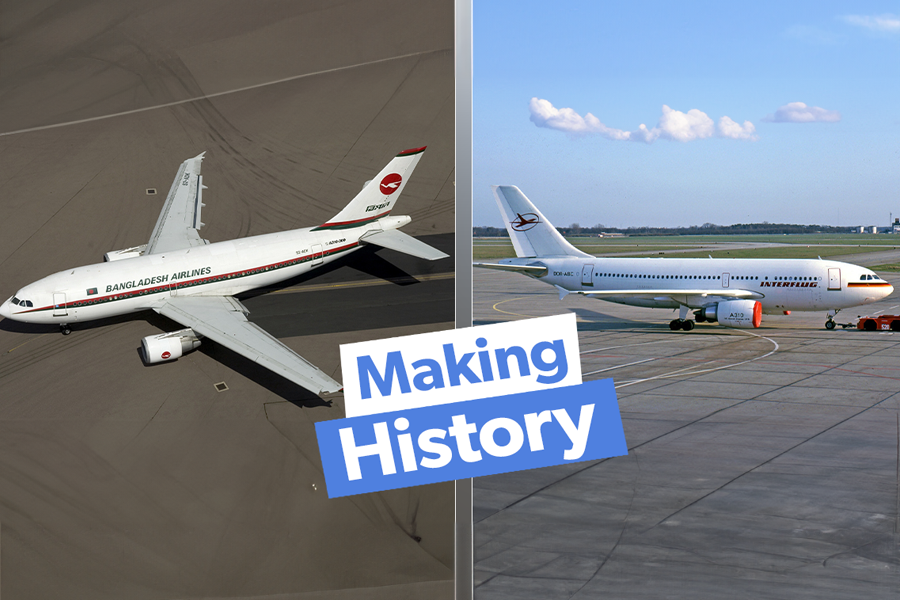
Related
42 Years On: The 1st Flight Of The Airbus A310
Tracing the A310’s journey from its first flight in 1982 to its legacy today.
Much like the first Airbus A310-200 to join the Russian carrier, S7 Airlines’ final A310-300, registered as VP-BTJ, came from Germany’s Hapag-Lloyd Flug. It joined the airline in December 2005, and proved to be its longest-serving A310. All in all, it served the carrier for eight years before being stored in Orlando, Florida, in 2013. It was re-registered as N551GA for GA Telesis, and scrapped shortly after.
A tragic loss
Sadly, one of S7 Airlines’ four Airbus A310-300 aircraft (F-OGYP) had its career at the green-clad Siberian carrier cut short after it was involved in an accident in Irkutsk in July 2006. According to the Aviation Safety Network, the aircraft was flying internally from Russia’s Moscow Domodedovo Airport (DME) to Irkutsk Airport (IKT) when it overshot the runway upon landing at its domestic destination.
Tragically, the crash killed 125 of the 203 occupants that were onboard the aircraft at the time. The Aviation Safety Network quotes the accident report as concluding:
“After touchdown, the Captain, while acting on the reverse thrust lever of the right engine, inadvertently and uncontrollably moved the throttle lever for the left engine, whose thrust reverser was deactivated, from the ‘idle’ to the significant forward thrust position. (…) The airplane went off the runway at 180 km/h, hit a concrete fence and buildings, crashed, and caught fire.”
Increasingly rare today
Since S7 disposed of its last example of the Airbus A310 more than a decade ago, the type has become an increasingly rare phenomenon in the skies and at airports around the world. Today, data from ch-aviation shows that just 16 of the 255 A310s produced by Airbus remain active today, spread across nine different operators from all over the world. These aircraft serve a variety of roles at the following users:
- Airbus Defence and Space (one).
- Al-Atheer Aviation (one).
- Ariana (two).
- Ejército del Aire (two).
- Iran Airtour (two).
- Meraj Air (one).
- Royal Canadian Air Force (four).
- ULS Airlines Cargo (two).
- Yazd Air (one).
Did you ever fly on one of S7 Airlines’ Airbus A310s? If so, what was the experience like? Let us know your thoughts and experiences in the comments section!
